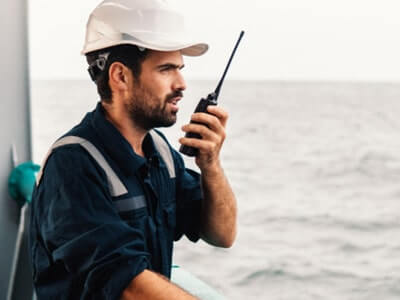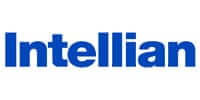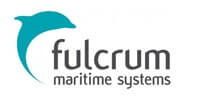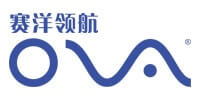Service Request
Arat Marine always ensure that you are supported with reliable, high qualitative and budget adaptive solutions in the Marine Electronics field thus ensuring that your vessels receive the best possible services.
Your Bridge,
Our Mission
About Us
Arat Marine Service is a group of highly experienced service engineers specialized in offshore marine service. Most of our work has focused on bridge navigational and communication equipment.
Although it is mainly based in Turkey / Istanbul, it provides services to all
parts of the world by using the advantage of its geopolitical position.
Our team has been trained in almost all makes and models of bridge
navigational equipment. In addition, we have GMDSS maintenance license and
lSO certificates.
Since our company is independent, it can provide you with efficient,
low-cost and almost no management costs.















